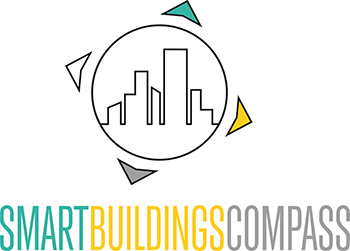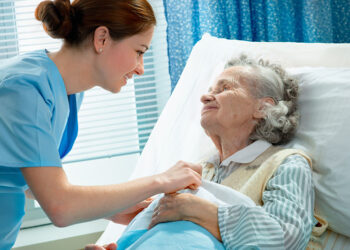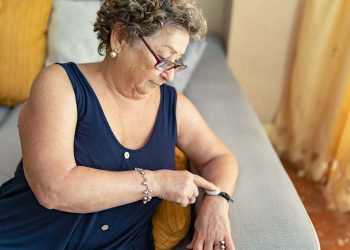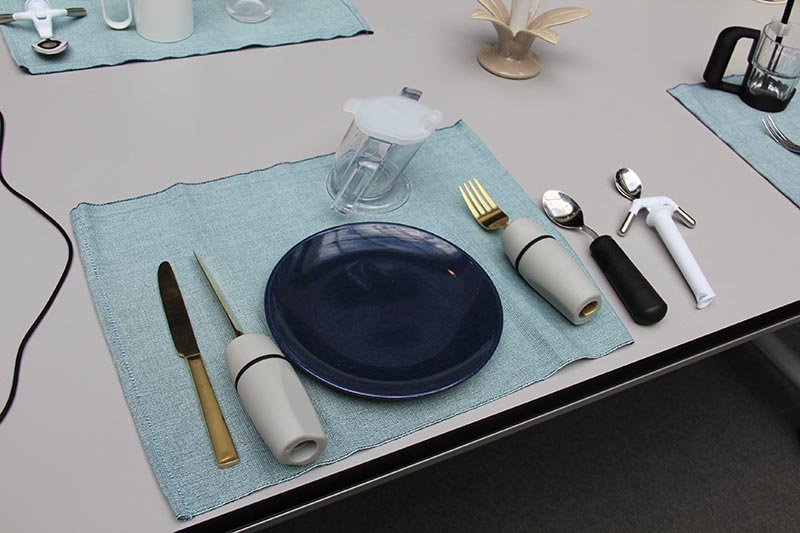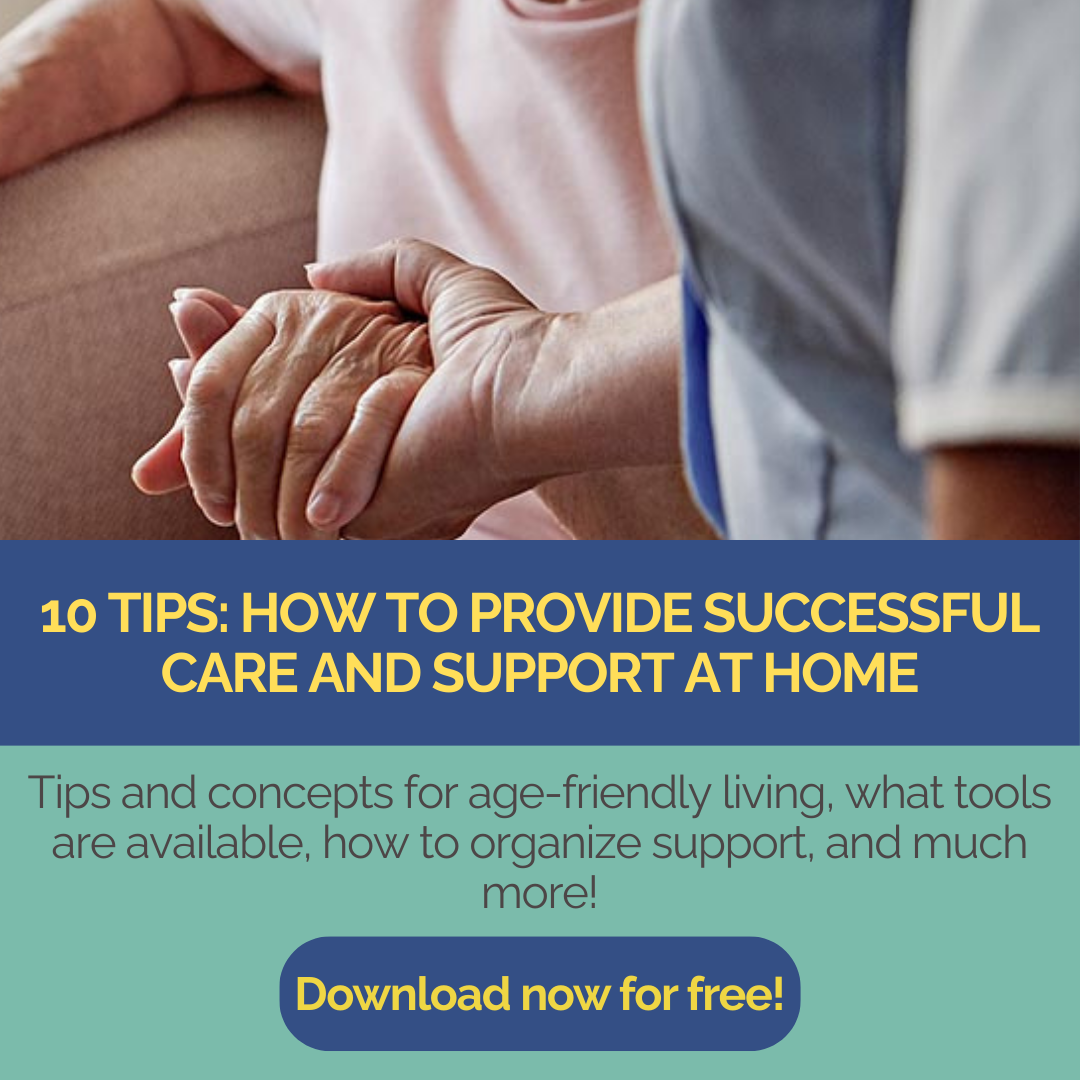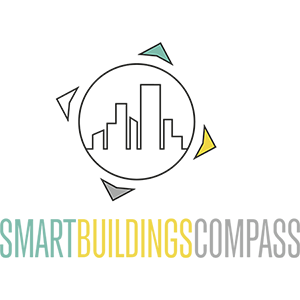With the increasing use of smart home systems, digital assistance solutions and artificial intelligence in care, the responsibility to protect users’ sensitive data is also growing. In the health and care sector in particular, this often involves highly personal information, the misuse of which can have serious consequences. But how secure are smart care technologies really? And what should providers, users and relatives look out for?
Why data protection is particularly sensitive in the care sector
Data that falls under the particularly sensitive categories of the General Data Protection Regulation (GDPR) – such as information on health status, medication, mobility or behavior – is processed on a daily basis in the care sector. If this data is collected and stored via sensors, apps or cloud services, data protection should therefore be taken into account.
Particularly in home care, where technical systems are often installed directly in private living spaces, the protection of privacy becomes a central task.
Typical risks with smart care systems
- Insufficient encryption
Many inexpensive devices and systems transmit data unencrypted or store it without sufficient protection mechanisms. This allows unauthorized persons to access personal information. - Cloud-based storage in third countries
If personal data is stored on servers outside the EU, the same data protection standards often do not apply as in Europe. This can jeopardize the rights of data subjects. - Lack of transparency
Data subjects often do not know exactly what data is collected, how and where it is processed, for what purpose and how long it is stored. Without clear information, informed consent is not possible – a violation of the GDPR. - Misconfigurations or a lack of updates
Systems that are not updated regularly are susceptible to security vulnerabilities. Incorrectly configured devices can also become a gateway for hackers.
What does the GDPR say?
The General Data Protection Regulation (GDPR) stipulates clear rules for the handling of personal data:
- Consent: Individuals must give their active and informed consent for their data to be processed.
- Data minimization: Only the data that is necessary for the respective purpose may be collected.
- Right to information and deletion: Data subjects can request information about their stored data and request its deletion at any time.
- Technical and organizational measures: Providers must take appropriate security measures to protect the data.
For providers of smart care technologies, this means that data protection must be considered from the outset (“privacy by design”).

Best practices for secure and data protection-compliant care technology
- Choose devices carefully
Only use systems whose manufacturers provide transparent information about data usage and comply with security standards (e.g. server location in the EU, regular security updates, certifications such as ISO 27001). - Pay attention to local data storage
Systems that process data locally and not in the cloud offer more control and security. - Restrict access rights
Only authorized persons (e.g. care staff, relatives) should have access to sensitive information. Access protocols and specific role allocations help to prevent misuse. - Obtain consent correctly
Data subjects require a clear explanation of what data is collected and for what purpose. Make sure that this consent is obtained in writing. - Regular training and information
Care services and relatives should receive regular training on data protection regulations and the safe use of technology. This avoids application errors. Passwords should also be changed regularly and comply with current security regulations (i.e. NOT: 123456) - Contractual safeguards with providers
If external services or platforms are used, clear agreements on data processing (order processing contracts) should be in place.
Author: Anja Herberth
Chefredakteurin
